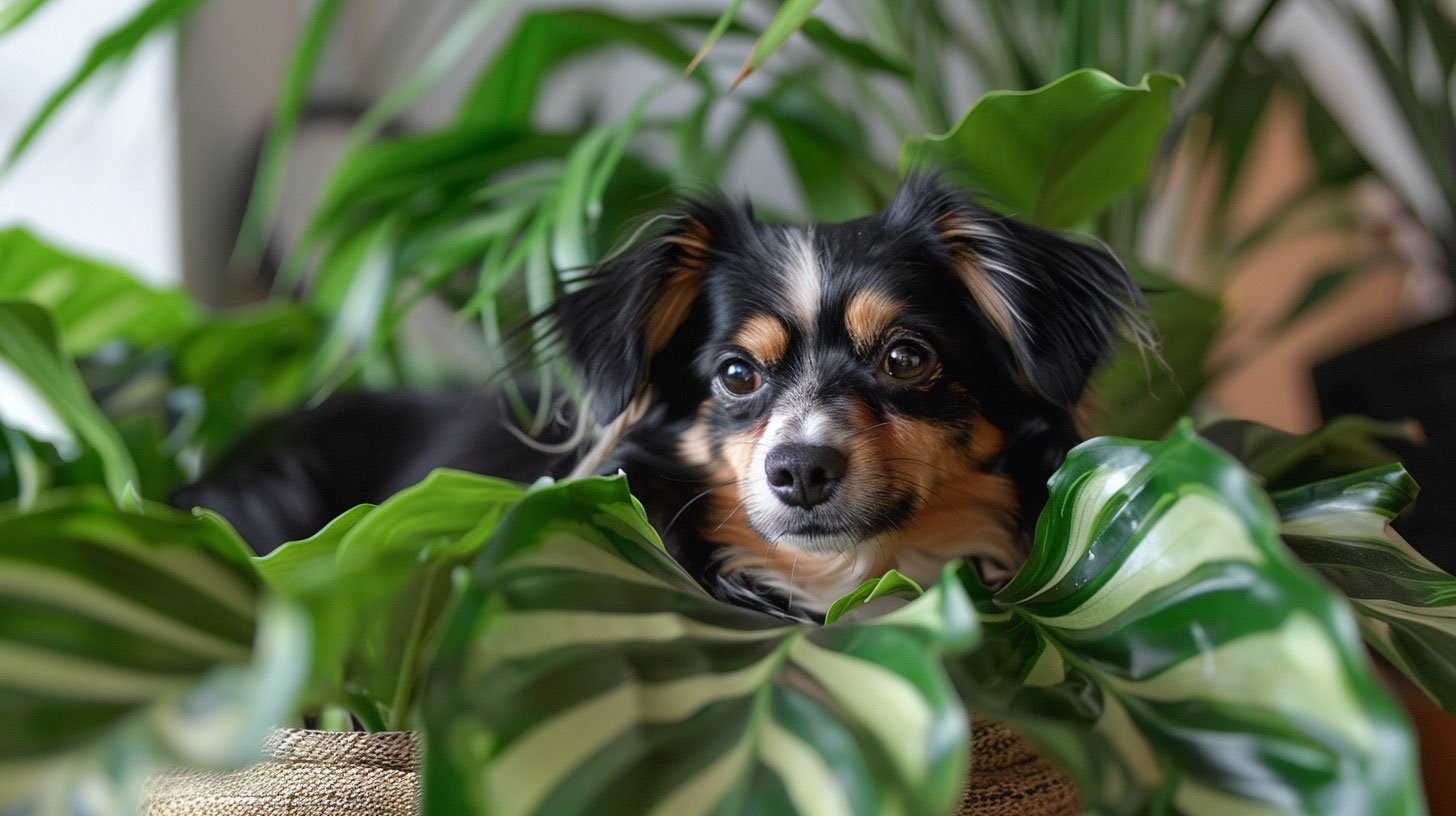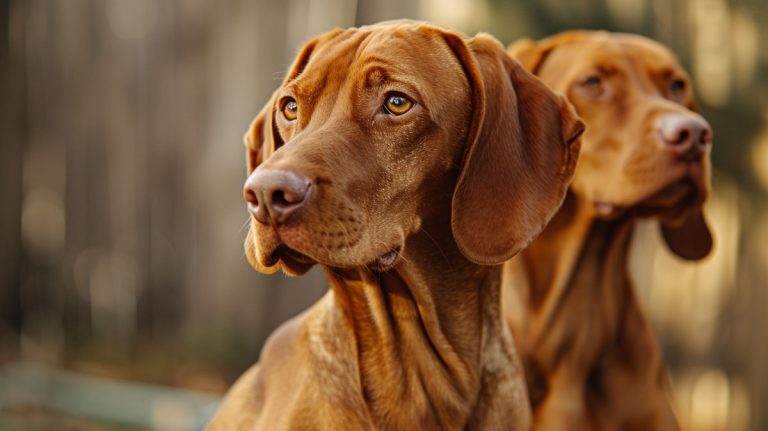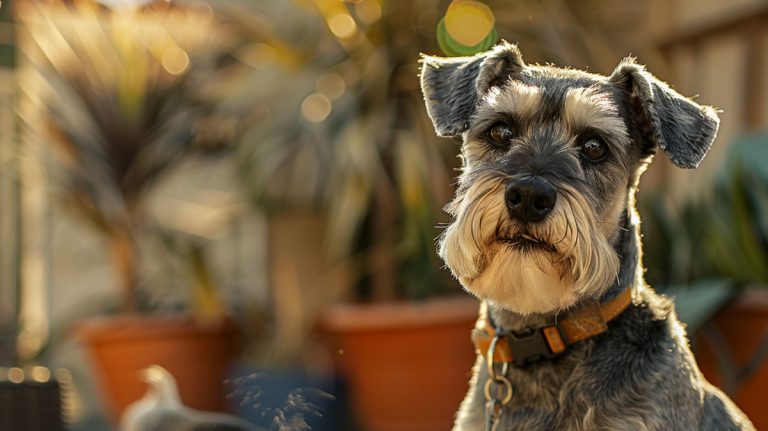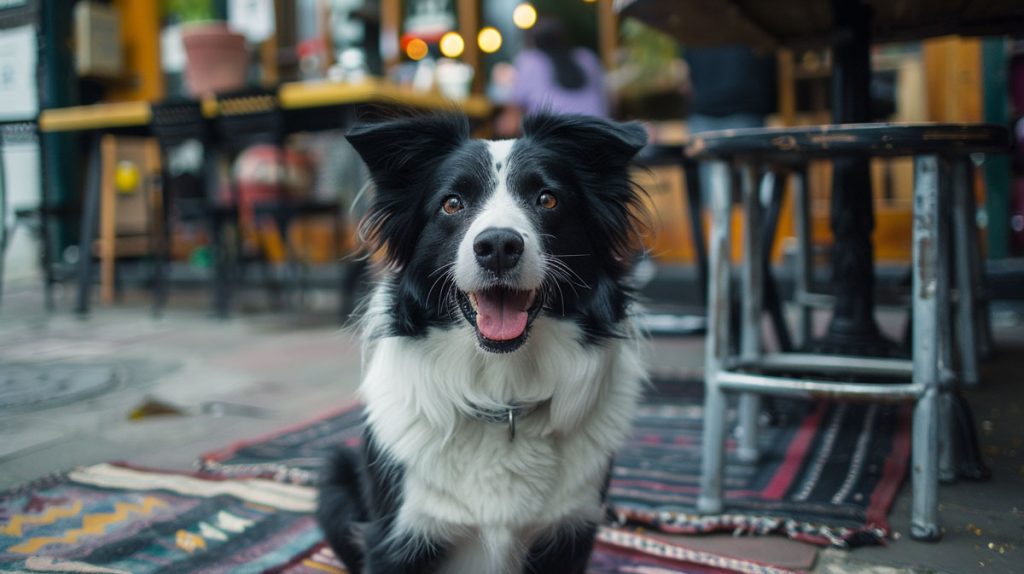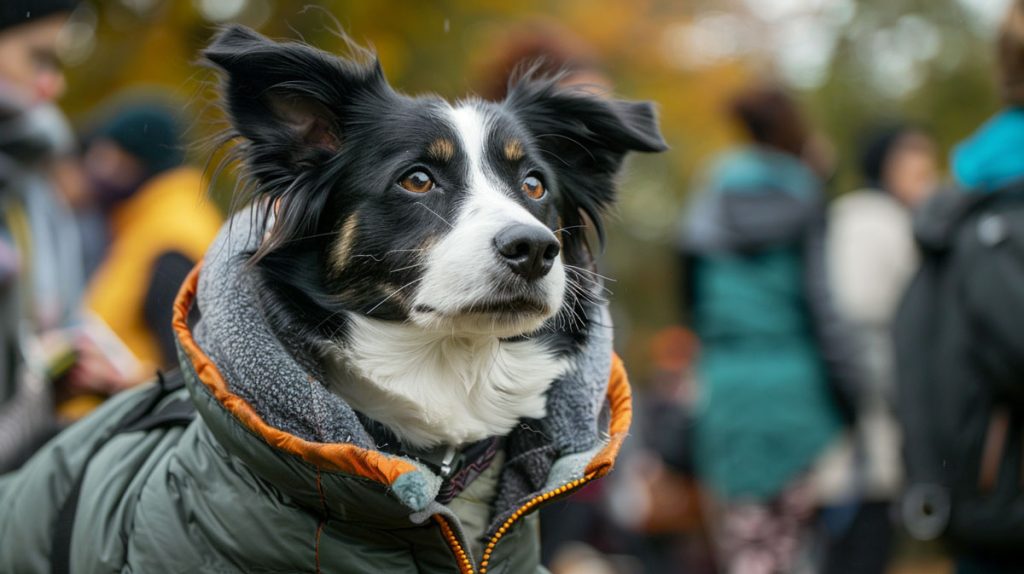Many of us love filling our homes with lush greenery, but some common indoor plants in Australia can be toxic to your dog. From causing mild stomach upsets to severe poisoning, these plants pose a risk. In Australia, several common indoor plants are poisonous to dogs, and knowing which ones to avoid, could help keep your dog safe.
Let’s examine some indoor plants that are toxic to dogs in Australia and learn why keeping them out of your dog’s reach is recomended.
What Are Common Indoor Plants Toxic to Dogs in Australia?
Some common indoor plants can be highly toxic to dogs, causing a range of symptoms from mild stomach upset to severe poisoning. This is not an extensive list, but it covers some of the more common indoor plants in Australia that are toxic to dogs.
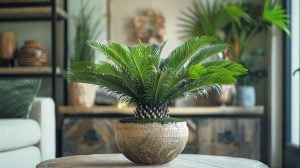
Sago Palm (Cycas Revoluta)
Sago palm is highly toxic to dogs, with continuous reports of poisoning in Australia. Ingestion can lead to severe liver damage, vomiting, diarrhoea, and even death.
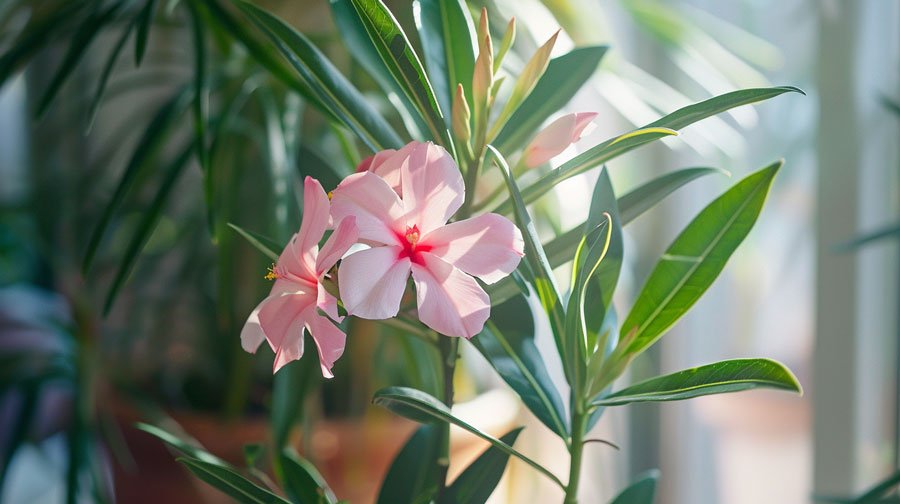
Nerium Oleander
All parts of Nerium Oleander, commonly known as oleander or rosebay the oleander plant, are highly toxic to dogs. Ingestion can cause severe symptoms such as vomiting, diarrhoea, abdominal pain, drooling, and potentially fatal heart abnormalities.

Cyclamen
The entire cyclamen plant, especially the tubers, is toxic to dogs. Ingestion can result in severe vomiting and diarrhoea, drooling, and even heart rhythm abnormalities or seizures in severe cases.
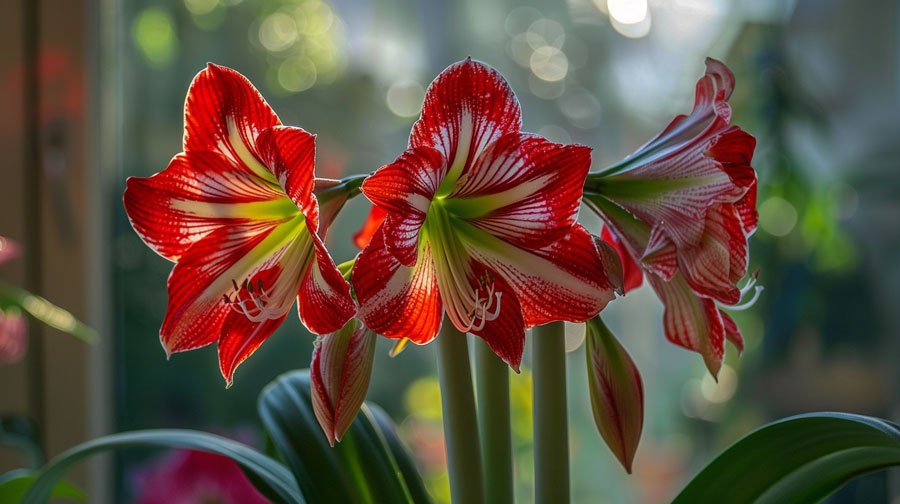
Amaryllis
Amaryllis contains toxins like lycorine, which can cause vomiting, diarrhoea, decreased appetite, and abdominal pain. In severe cases, it can lead to tremors and changes in blood pressure.
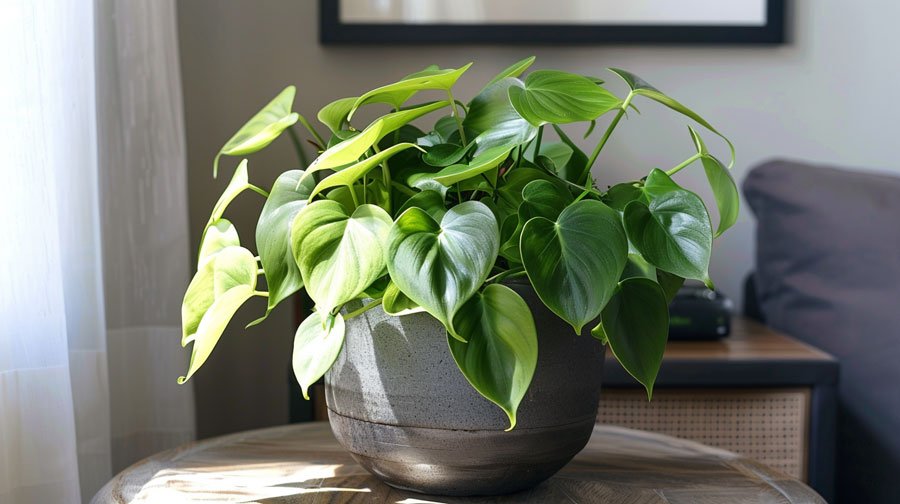
Philodendron
Philodendrons contain calcium oxalate crystals, which can cause irritation in the mouth, tongue, and lips, as well as excessive drooling, vomiting, and difficulty swallowing.
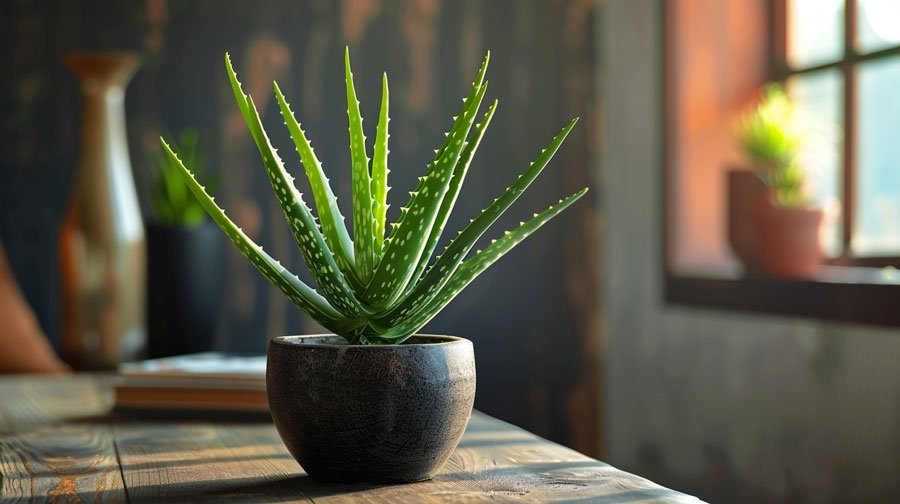
Aloe Vera
Aloe vera contains saponins and anthraquinones, which can cause vomiting, diarrhoea, and lethargy in dogs.
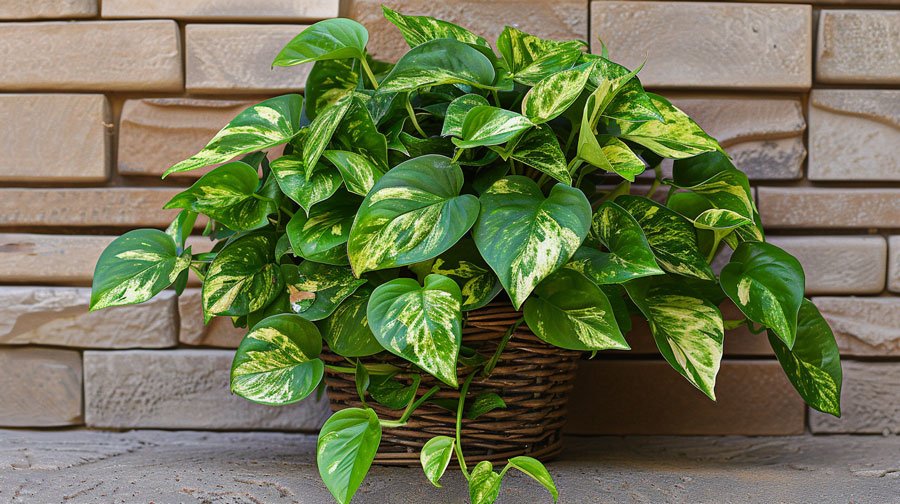
Pothos (Epipremnum Aureum)
Pothos contains insoluble calcium oxalate crystals, which can cause oral irritation, vomiting, and difficulty swallowing.
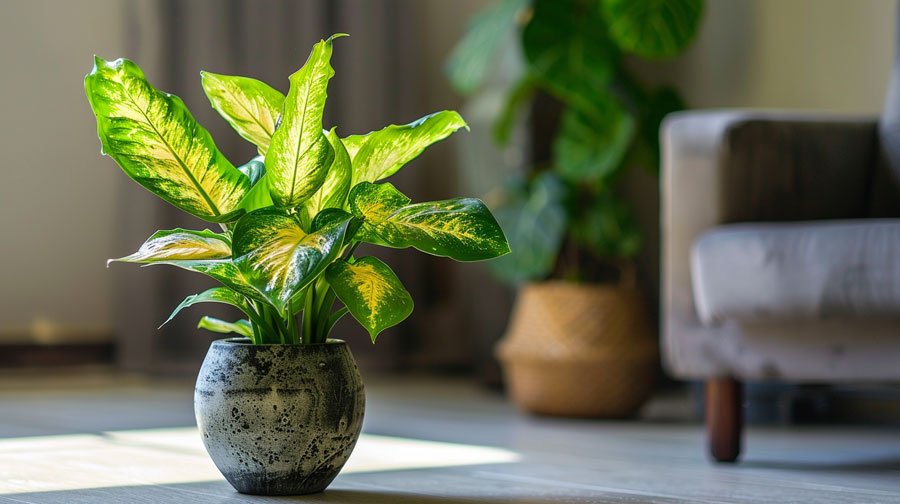
Dieffenbachia (Dumb Cane)
Dieffenbachia contains insoluble calcium oxalate crystals, leading to oral irritation, drooling, vomiting, and difficulty swallowing.
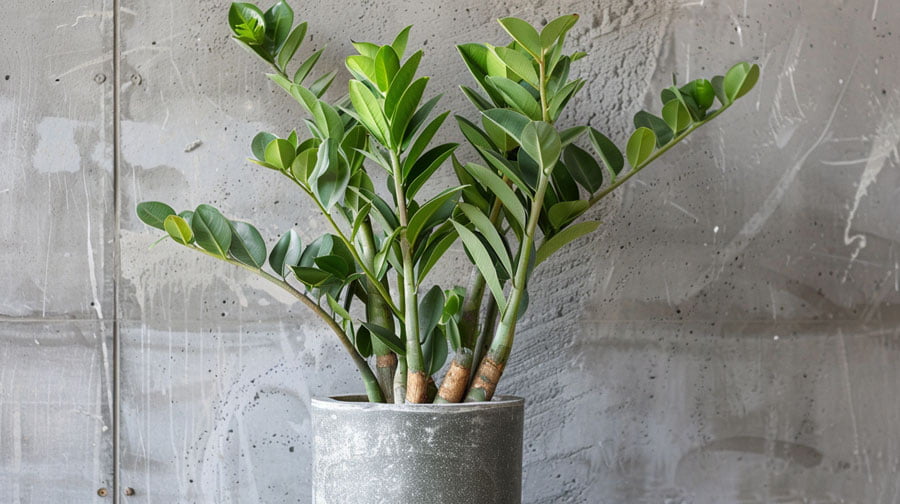
ZZ Plant (Zamioculcas Zamiifolia)
ZZ plant contains calcium oxalate crystals, causing oral irritation, vomiting, and difficulty swallowing.
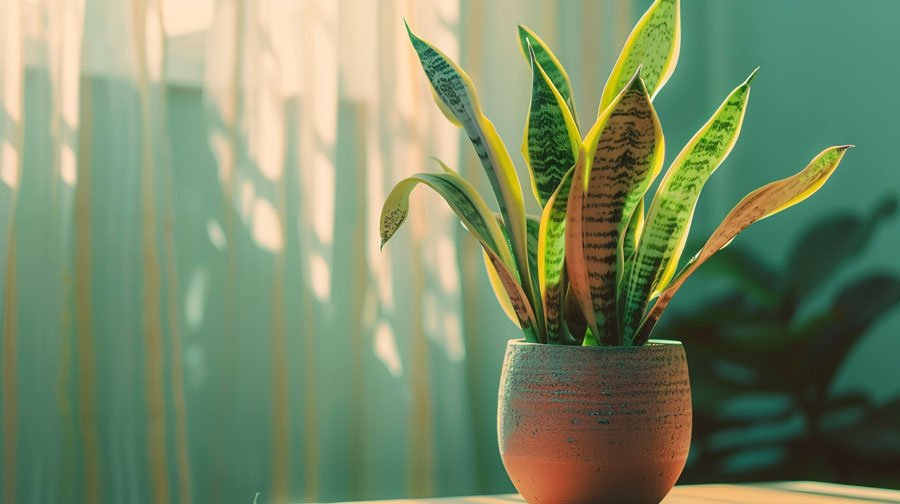
Snake Plant (Sansevieria Trifasciata)
Snake plants contain saponins, which can cause nausea, vomiting, and diarrhoea.
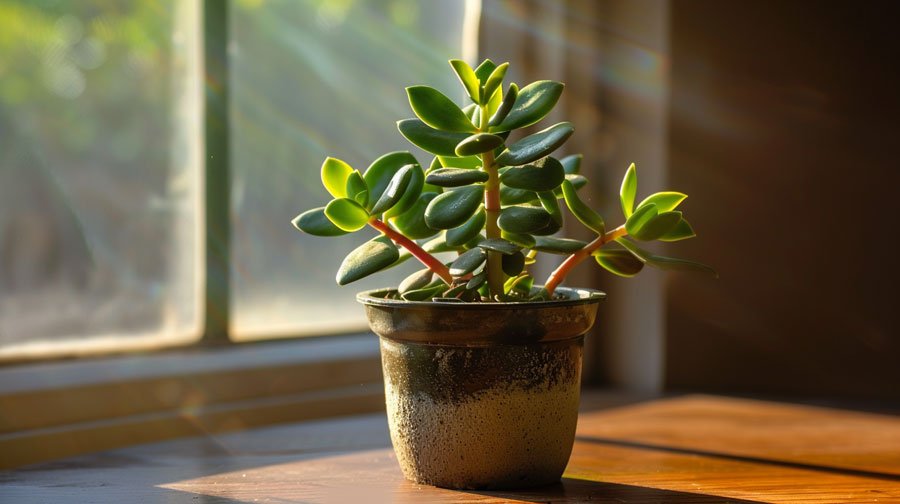
Jade Plant (Crassula Ovata)
Ingestion of the jade plant can lead to vomiting, depression, and incoordination.
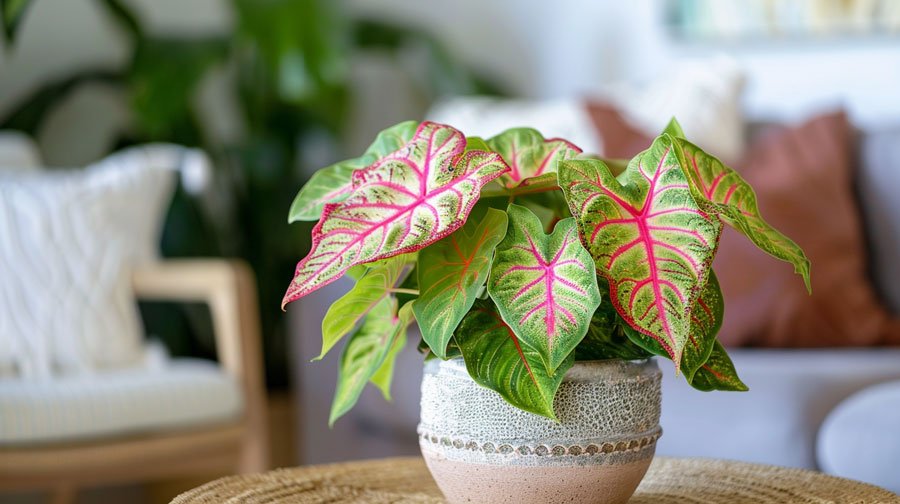
Caladium
Caladium, like philodendron and dieffenbachia, contains calcium oxalate crystals that can cause intense irritation and swelling in the mouth, excessive drooling, vomiting, and difficulty swallowing.
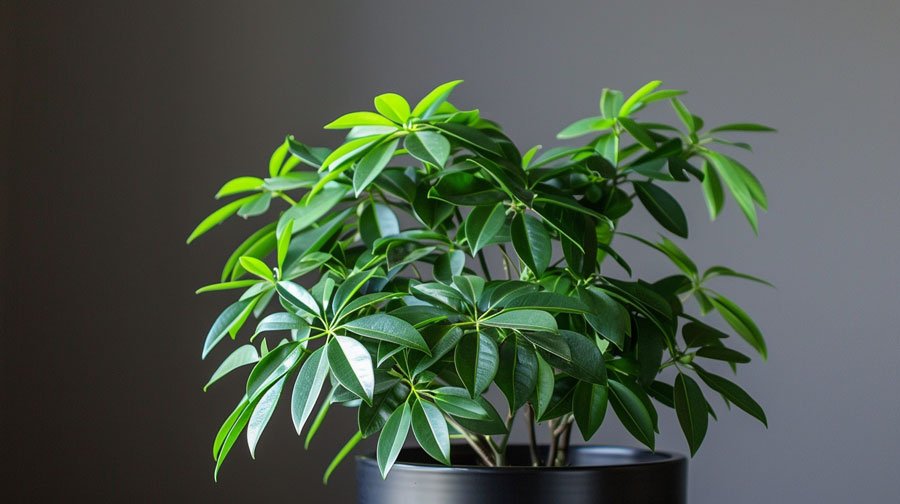
Umbrella Plant (Schefflera)
The umbrella plant contains insoluble calcium oxalate crystals, causing oral irritation, vomiting, and difficulty swallowing.
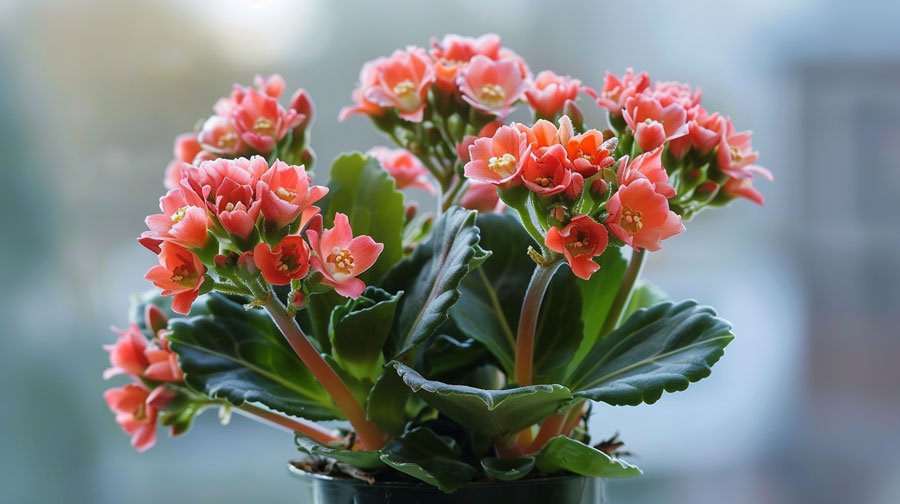
Kalanchoe
Kalanchoe contains toxins called bufadienolides, which can cause vomiting, diarrhoea, and, in severe cases, abnormal heart rhythms.
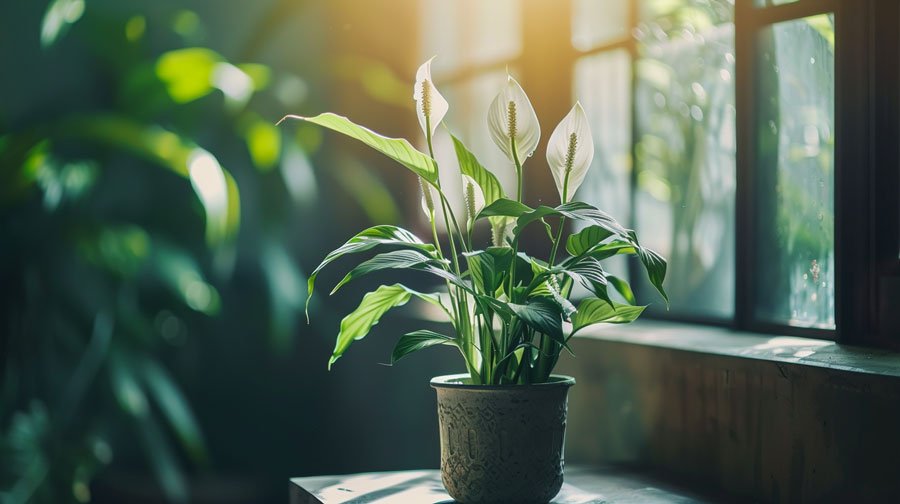
Peace Lily (Spathiphyllum)
Peace lily contains calcium oxalate crystals, leading to irritation in the mouth, tongue, and lips, excessive drooling, vomiting, and difficulty swallowing.
Being aware of these toxic plants can create a safer environment for your dog. Always keep these plants out of reach or opt for dog-friendly alternatives to ensure your furry friend stays happy and healthy.
Why Do Dogs Eat Indoor Plants?
There are several reasons why dogs might eat indoor plants:
- Curiosity: Dogs are naturally curious animals. They might nibble on plants to explore their environment.
- Boredom: If a dog is bored or lacks stimulation, it might eat plants as entertainment.
- Nutritional Deficiency: Dogs sometimes eat non-food items, including plants, if their diet lacks certain nutrients.
- Teething: Puppies, in particular, might chew on plants to soothe their gums during teething.
- Attention-Seeking: Dogs might eat plants if they notice it gets a reaction from their owners. This behaviour can be a way to seek attention.
- Taste and Texture: Some dogs might enjoy the taste or texture of certain plants.
- Instinct: In the wild, canines occasionally consume plants as part of their diet. Domestic dogs might have retained this instinct.
- Stress or Anxiety: Some dogs chew on plants to cope with stress or anxiety, similar to how they chew on furniture or other items.
How do you prevent your dog from eating plants?
You can try to train your dog to avoid plants and provide appropriate chew toys to satisfy their chewing instincts. This helps minimize the risk not only at home but also when out and about. If you want a more foolproof approach, learn about which plants are toxic to pets and avoid keeping them in your home or garden. If there’s a plant you love that you know is toxic, consider placing it in a spot that can’t be reached by your dog. Opt for pet-friendly plants that are non-toxic and safe for your dog.
What to Do If Your Dog Eats a Toxic Plant
If you suspect that your dog has nibbled on a toxic plant, follow these steps:
- Identify the Plant: Determine which plant your dog has eaten and how much they have ingested. This information will be crucial for the vet.
- Remove Access: Immediately remove the plant from your dog to prevent further ingestion.
- Observe Your Dog: Look for poisoning symptoms, such as vomiting, diarrhoea, drooling, lethargy, loss of appetite, difficulty swallowing, or any other unusual behaviour.
- Contact Your Vet: Call your veterinarian or an emergency animal clinic immediately. Please provide them with details about the plant and any symptoms your dog is exhibiting.
- Follow Vet Instructions: Your vet may ask you to bring your dog in for an examination or provide instructions for home care. Do not induce vomiting unless instructed to do so by a professional.
- Provide Water: Offer your dog fresh water, but only force it to drink if it is willing.
- Monitor Your Dog: Keep a close eye on your dog for any changes in behaviour or worsening symptoms. Follow up with your vet as needed.
- Bring a Sample: Bring a plant sample to the vet if possible. This can help with identification and treatment.
- Keep Calm: Stay calm and follow the vet’s instructions carefully. Quick and composed actions can significantly impact your dog’s recovery.
Emergency Contact Information
- Pet Poison Helpline: +61 2 8011 4588 (Australia). The Australian Animal Poisons Helpline is a specialist hotline for poisoned animals. The service is FREE for all Australian pet owners.
- Animal Emergency Centres: Locate the nearest 24/7 emergency animal clinic in your area for immediate assistance.
Alternative Pet-Friendly Indoor Plants for Your Dog
Knowing which plants are toxic to pets is crucial, but choosing safe alternatives is equally essential. Fortunately, there are plenty of dog-safe plant options available. Here are some you can consider:
- Spider Plant (Chlorophytum comosum)
- Areca Palm (Dypsis lutescens)
- Boston Fern (Nephrolepis exaltata)
- Baby Rubber Plant (Peperomia obtusifolia)
- Ponytail Palm (Beaucarnea recurvata)
- Prayer Plant (Maranta leuconeura)
- Haworthia
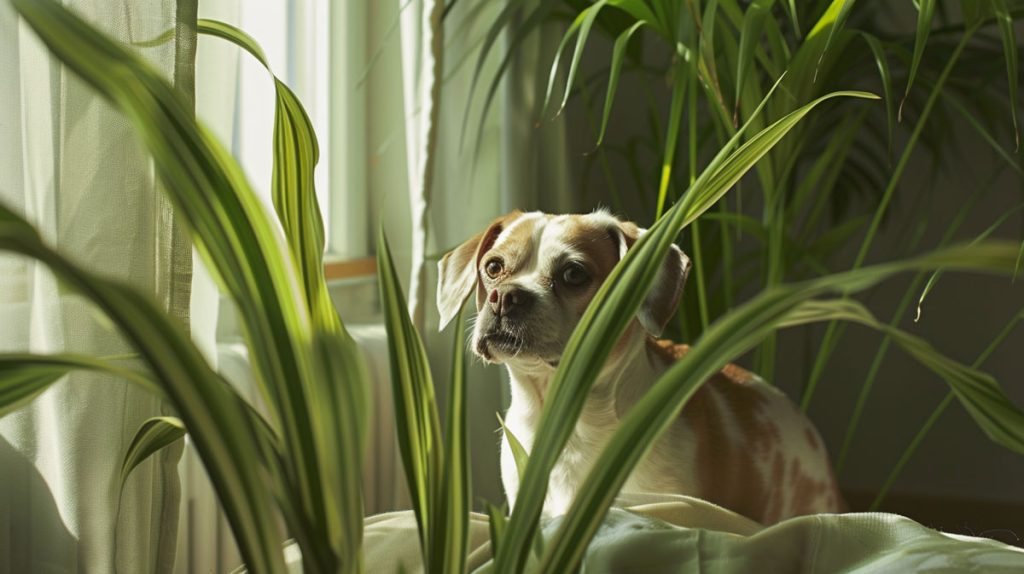
Where to buy Pet-Friendly plants in Melbourne
Munrose Plants in Abbotsford
You can browse a selection of these lush, non-toxic, pet-friendly plants at Monrose Plants in Newport.
Pet-Friendly Plants in Abbotsford
Offer a curated selection of pet-friendly options. Check out their collection here: Pet-Friendly Plants at The Jungle Collective.
By choosing these pet-safe plants, you can create a beautiful indoor garden without worrying about your dog’s safety.

